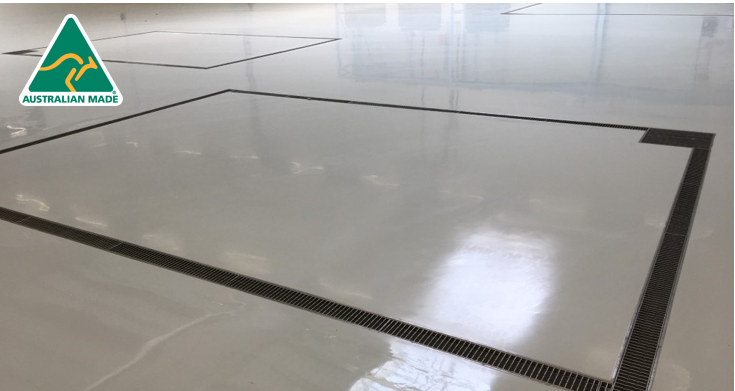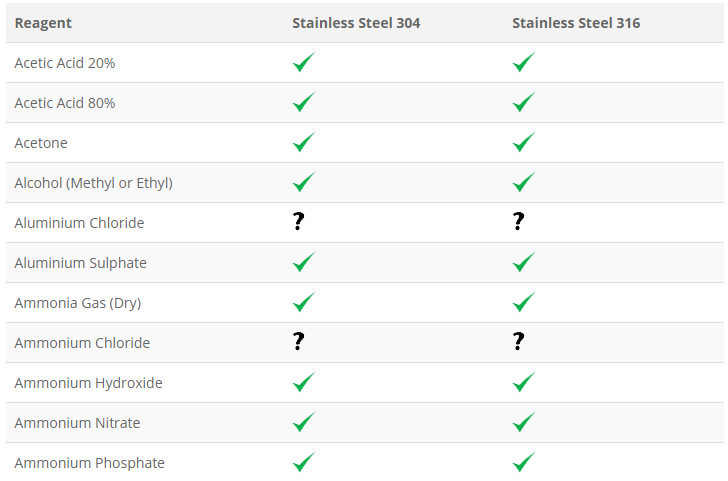Stainless steel suitability for food projects

Thanks to its ease of cleaning and corrosion resistance, stainless steel is used extensively throughout commercial kitchens and food and beverage processing facilities for components such as benches, sinks and drainage channels.
There are two common grades used for these components: grade 304 and grade 316 stainless steel.
Grade 316 can tend to be a default choice by designers, but it could be an over-specification, leading to higher costs for the client.
Before selecting any material grade, checking the suitability of the material is key. Below is a list of typical factors that influence material selection:
– types of chemicals and percentage composition in the liquid
– concentration percentages
– contact time with stainless steel
– temperatures of liquid
– flushing system employed to clear liquids from the system
– type of cleaning agent/s
As proud members of ASSDA (Australian Stainless Steel Development Association), their team of metallurgists are on hand to give expert advice on chemical suitability specific to our customer’s applications.
For a general guide on material resistance for grade 304 vs 316, we have a guide here.

With a variety of stainless steel commercial and food processing linear channels and floor wastes, we have a product for every project.
If you’re working on a project, or are interesting in learning more – get in touch, we’d love to hear from you!






